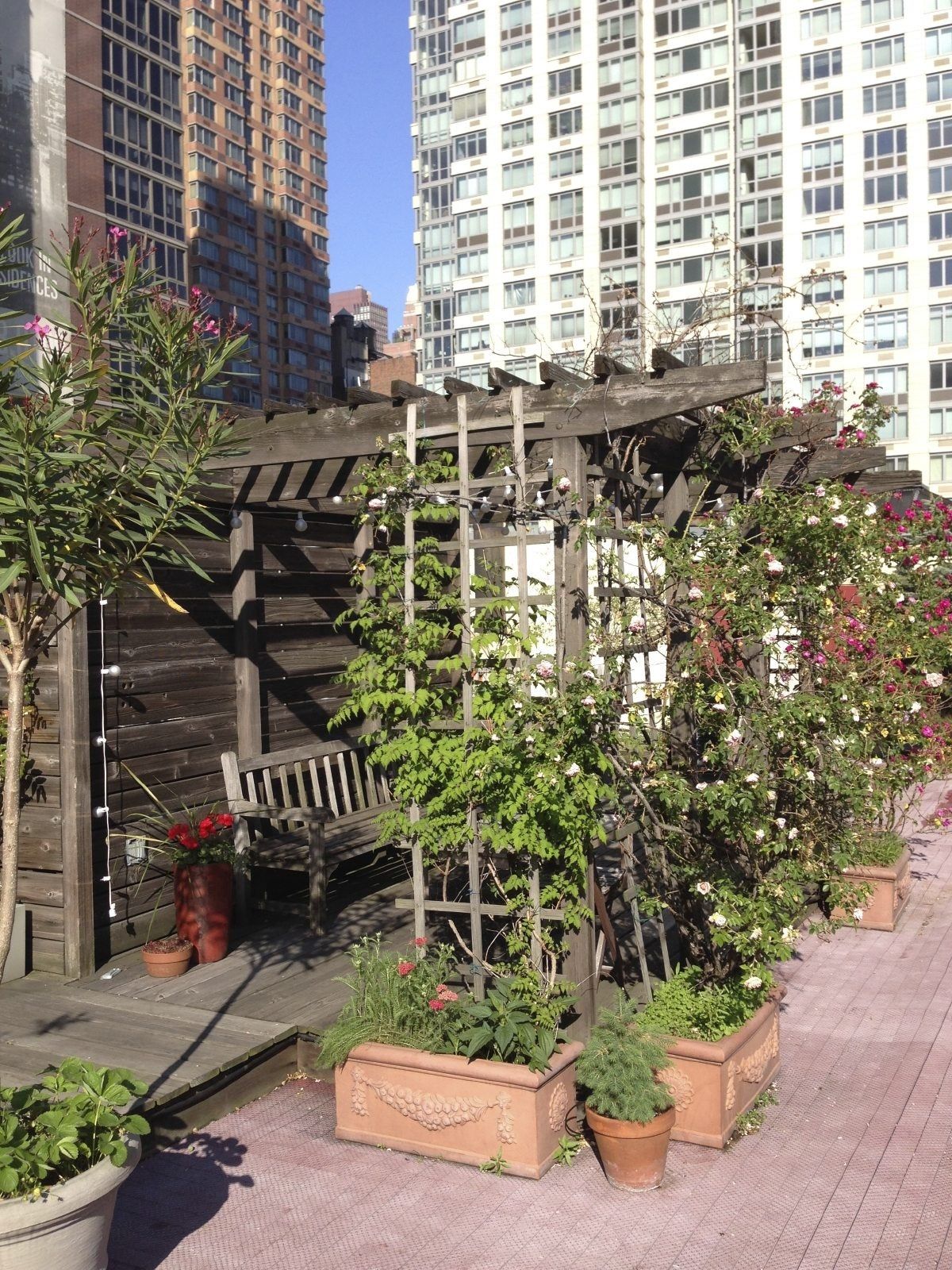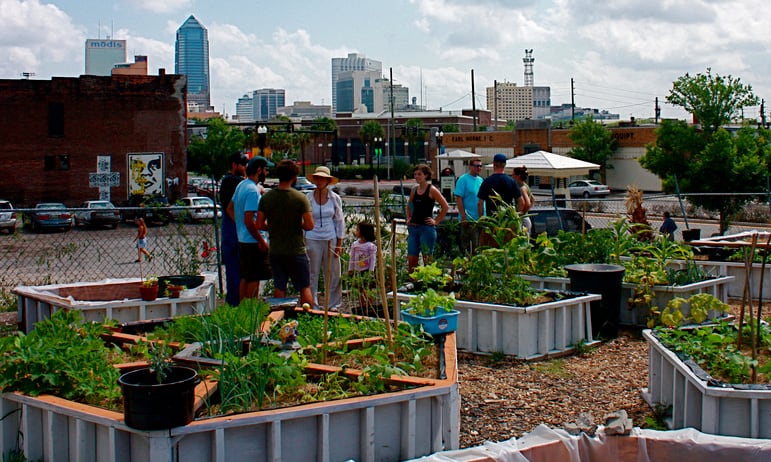What Does City Blooming Do?
What Does City Blooming Do?
Blog Article
All about City Blooming
Table of ContentsThe Basic Principles Of City Blooming The Definitive Guide to City BloomingThe Ultimate Guide To City BloomingCity Blooming Things To Know Before You BuyFacts About City Blooming Revealed
Intrigued in expanding food to buy in the City of Chicago? Considering starting an area garden? Adjustments to the Chicago Zoning Statute permit farming usages like area yards and urban farms in numerous components of the city. Below is a checklist of often asked concerns pertaining to the policies and guidelines that farmers must think about when preparing an urban farming job.
The zoning modification does not customize any type of other codes dealing with composting, structure licenses, buying or leasing City possessed property, company licenses or environmental contamination. There are existing codes that regulate these concerns and they continue to be in complete effect and may be suitable to your task. Community yards are generally owned or taken care of by public entities, public organizations or community-based organizations and preserved by volunteers.
Urban ranches grow food that is planned to be sold, either on a not-for-profit or for-profit basis. Because of their business purpose, urban farms need a company permit. Yes. A community yard is enabled to offer surplus produce that was grown on site if the sales are accessory or subordinate to the garden's main function explained over.
5 Simple Techniques For City Blooming
The amount of compost product can not surpass 25 cubic yards at any type of given time according to the standards in 7-28-715 of the City's Municipal Code. Since the dirt at a lot of new yard websites requires modifying, garden compost, soil, wood chips, or various other materials can be obtained to create or enhance the expanding room.

If a building authorization is called for after that the hoophouse will certainly be taken into consideration an accessory structure. You can figure out more regarding the structure license requirements by contacting the Department of Buildings. The 25,000-square-foot dimension limitation is intended to stop a solitary community yard from dominating a given block or detracting from the block's existing property or industrial character.
The limit does not relate to gardens located in Public Open Room (POS) districts. Can there be greater than one neighborhood garden that is 25,000 square feet on a single block? Yes. The dimension restriction applies to private gardens, not to individual blocks. No. Secure fencing is not required, nevertheless, yards that have huge car parking locations might be required to mount secure fencing or other landscape design features.
City Blooming Things To Know Before You Get This
B1 & B2 areas require that all commercial use activities be conducted inside your home. Is secure fencing required for city farms? Fencings may be needed, along with landscape design and testing, for particular car parking locations and exterior work or storage space locations depending on location and the details task taking area.
Yes. Urban farms call for structure licenses and zoning approvals prior to building. Various other types of city evaluation might be required depending upon certain frameworks, activities, dimension, landscaping, licensing, public heath and stormwater management concerns. A number of these needs are recognized in the task style or allowing process, nevertheless, the candidate might be liable to individually determine certain licenses or permits that might be needed.
Yes. The kind of certificate is identified by what is taking place at the website. The Division of Business Affairs and Consumer Protection can aid identify the certain type of business permit that's needed. Yes. Off street car parking is needed for most industrial projects in Chicago. The needed variety of garage is based upon the variety of staff members servicing site and not the square footage of the growing room.
The smart Trick of City Blooming That Nobody is Talking About

Yes. A city ranch can offer garden compost product produced on site, however, the procedure should follow the regulations in 7-28-715 of the Chicago Municipal Code. Yes. Aquaponic systems are enabled inside your home on urban farms in many zoning districts. A zoning review and structure license is required in order to mount frameworks or systems and an organization permit is called for as described over.
As much as 5 hives or colonies of honey bees may be maintained as an accessory usage. Nevertheless, beekeepers need to register with the Illinois Department of Agriculture. For more details concerning the suggested zoning change you may get in touch with the Division of Real Estate and Economic Growth, Bureau of Preparation and Zoning at 312.744.8563.
Farming in cities and urban locations An urban farm in Chicago. Urban agriculture refers to numerous techniques of cultivating. https://packersmovers.activeboard.com/t67151553/how-to-connect-canon-mg3620-printer-to-computer/?ts=1719460146&direction=prev&page=last#lastPostAnchor, processing, and dispersing food in city locations. The term additionally puts on the area activities of pet husbandry, aquaculture, beekeeping, and horticulture in an urban context. Urban farming is differentiated from peri-urban agriculture, which happens in backwoods beside residential areas.
Facts About City Blooming Revealed
It can involve an activity of organic growers, "foodies" and "locavores", who seek to develop socials media founded on a shared ethos of nature and area holism. These networks can establish using official institutional assistance, coming to be integrated right into local town as a "transition community" movement for sustainable city growth.
In either case, the extra direct accessibility to fresh vegetable, fruit, and meat items that may be become aware with urban farming can enhance food safety and security and food safety while reducing food miles, bring about reduced greenhouse gas emissions, thus adding to climate adjustment reduction. Some of the very first proof of city agriculture originates from Mesopotamia.
Report this page